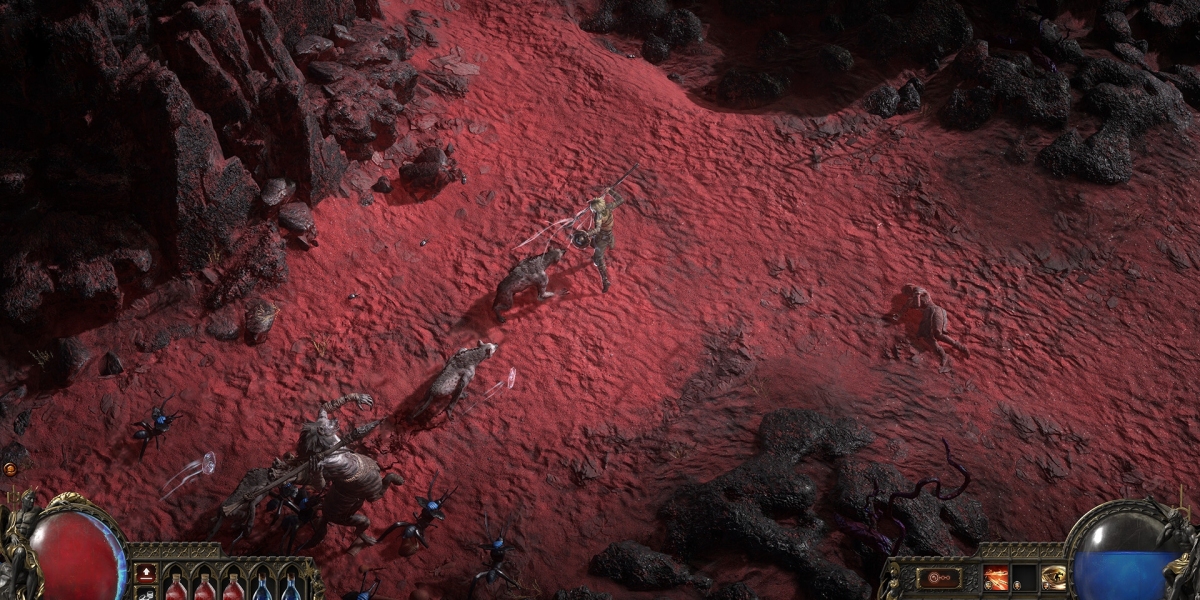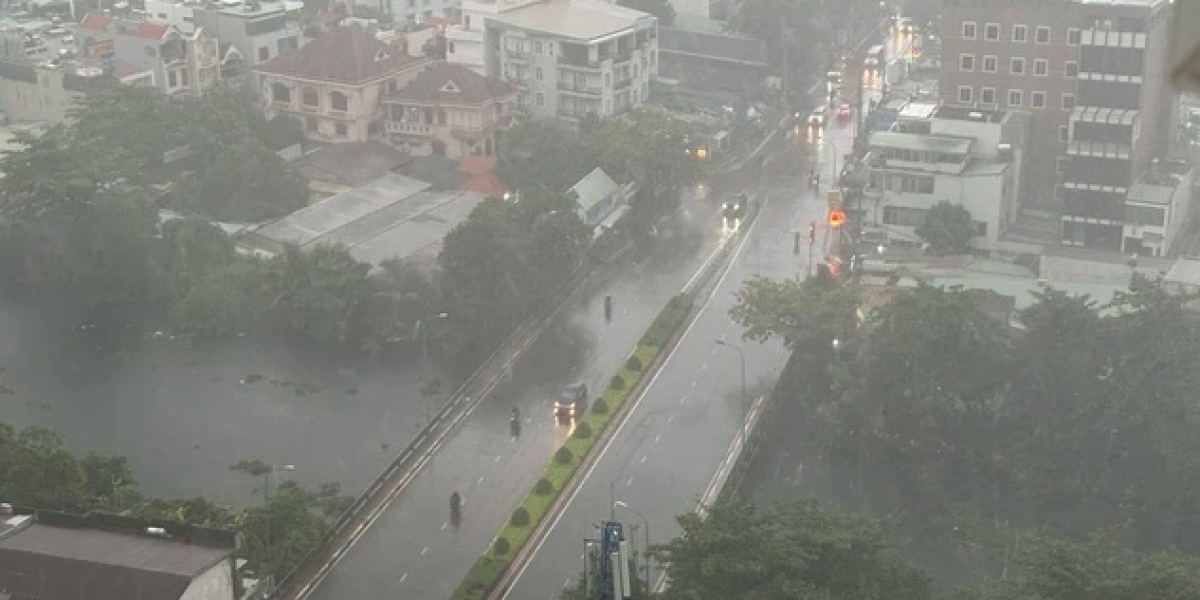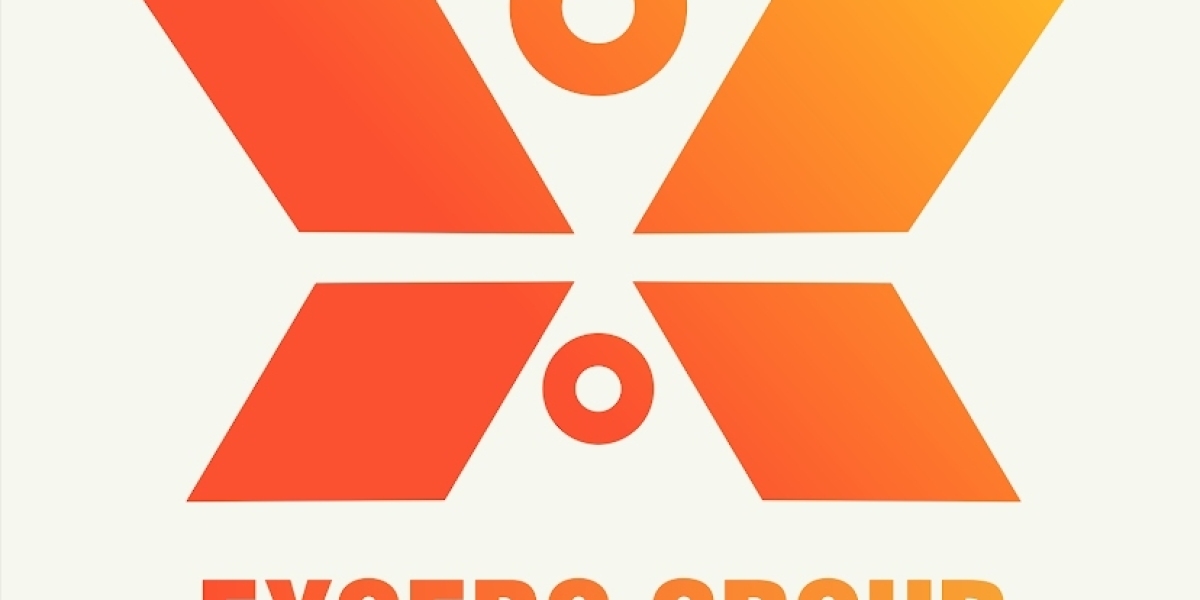When designers and packagers consider container choices for consumer and industrial sprays, the structure of the body matters as much as the finish and valve. A Two-Piece Aerosol Can often appears in product planning conversations because its manufacturing route and assembly steps influence strength, printability, and how the valve is mounted. Understanding how these cans are made helps procurement teams specify units that behave predictably from filling line to shelf and helps brand teams make packaging decisions that match distribution and handling realities.
The process begins with raw metal stock being formed into a simple cylindrical body. Skilled tooling shapes the tube and prepares the rim where a cap or valve will later sit. Early operations focus on creating a uniform wall thickness and a smooth surface that accepts coatings and labels reliably. That surface quality matters for retail presentation and for the adhesive systems that hold decorative sleeves or pressure sensitive labels in place.
Next comes necking and finishing. Mechanical operations reduce one end of the cylinder to the diameter required for valve assembly while keeping the other end open for filling. Precision in this step determines how tightly a valve will seat and how the can reacts to repeated pressure cycles in transit and on store shelves. Manufacturers use careful gauge checks and visual inspections to ensure each neck meets the tolerance plan before the can moves on. Automated lines speed this work and keep variability low which supports consistent attachment in downstream operations.
An important stage follows where the can receives surface protection and print treatments. Many brands prefer a coated finish that resists scuffs during shipping while also preserving vivid print. Water based coatings and low emission inks are increasingly popular because they align with sustainability aims and reduce volatile emissions during production. Finishing choices affect how labels adhere and how long warning text remains legible after repeated handling.
Assembly of the valve interface is a critical checkpoint. Some valve designs are pressed in place and held with a seaming or crimping operation that secures the valve ferrule to the can rim. The joining process must produce a gas tight seal without distorting the rim or weakening the neck. Quality controls at this station include leak checks and torque tests so that valves remain secure during filling and transport. These inspection steps are essential because the valve is the user facing component that controls dispense rate and safety during use.
Filling comes next. Production teams meter formula into the open can while managing the pressurization step separately. Some lines use precharged propellant while others add propellant after the formula is in place. The method chosen affects mixing, headspace behavior, and the first use feel for the end customer. Proper headspace and fill weight management ensure consistent spray performance from unit to unit which is important for brand reputation and consumer satisfaction.
Sealing and final checks round out the line. After the valve is fitted and any actuator installed, finished cans go through functional testing. That can include cycling the valve to check spray pattern, visual inspection for finish imperfections, and seal testing under pressure to confirm there are no slow leaks. Finished goods are then packed with valve protection caps and palletized with attention to preventing valve impact during transit. These packing measures reduce returns and keep retail displays free of damaged units.
Sustainability and recovery aspects are becoming more prominent in manufacturing choices. Some producers design cans and closures so materials separate more easily at the end of life and accept coatings that do not impede recycling. Brands evaluating packaging options increasingly ask suppliers for notes on recyclability and for guidance on how their package will behave in common disposal streams. Packaging teams weigh these factors alongside print options and retail presentation to reach a responsible balance.
Beyond the factory floor there are logistical influences. The can design affects how many units fit per pallet, how they stack in a truck, and how resilient they are to vibration and temperature swings. Suppliers that document handling recommendations and assist with pallet layouts make it easier for brand managers and distributors to reduce damage in transit. Clear guidance on valve protection during shipping prevents costly repacking and supports smoother delivery to retail partners.
Inspection and certification practices strengthen trust. Manufacturers who publish their testing protocols and who perform regular audits of production lines give customers practical confidence that units will arrive ready to perform. That documentation also speeds regulatory checks and simplifies conversations with carriers who require clarity about pressurized goods. For buyers, a supplier that pairs product details with handling notes shortens onboarding and lowers the frequency of surprise rejects.
For teams that operate filling lines or consider private label production, seeing the sequence of steps clarifies where to invest in quality control. Attention to neck tolerances valve seating operations and final functional testing reduces downtime on the filling line and improves batch uniformity. Manufacturers often provide technical notes and recommended test routines to support brand level quality assurance activities and to smooth scale up from prototype to full production.
When public interest turns toward packaging choices and supply chain resilience, transparent production notes help brands tell a credible story. Consumers respond to clear statements about materials, handling and recycling pathways. Being able to explain how a Two-Piece Aerosol Can is made, tested and protected during shipping communicates care and reduces post purchase confusion.
If your team needs categorized product options handling notes or production specifications that help match packaging to filling and distribution needs check the supplier product portal below for practical product categories and documented guidance. That resource collates valve compatibility notes production details and packing suggestions to help procurement and brand teams make confident choices. For product assortments packaging options and supplier resources related to cartridge supply visit https://www.bluefirecans.com/product/ .






